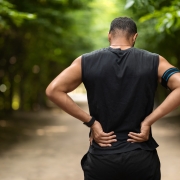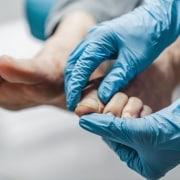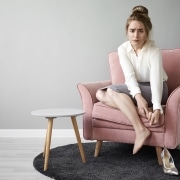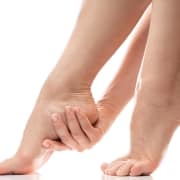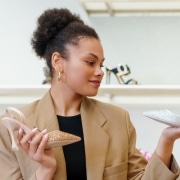Common Myths About Neuroma of the Foot
You may feel as if you have a rock or marble tucked into your shoe, which is incredibly uncomfortable. What is causing this? You could be dealing with a neuroma of the foot. Custom orthotics in Austin, TX may help, but it is also important to better understand this painful foot condition. Take a look at a few common myths associated with foot neuromas.
Myth: The neuroma is cancerous.
Foot neuromas are not cancerous, even though the name itself seems to apply the growth is cancerous. And, a neuroma is commonly associated with what is often referred to in medicine as a tumorous growth. However, the neuroma is actually not even a tumor; instead, the condition is characterized by thickened tissue that sits around the nerves of the digits.
Myth: Neuromas only affect the two toes next to your pinky toe.
While neuromas are most commonly found developing in between your third and fourth toe, a neuroma can develop in other areas as well. For example, a neuroma can develop between your second and third toes just the same.
Myth: Shoes have nothing to do with neuromas.
While what causes neuroma development in the foot is not entirely known, the shoes you wear on your feet can have some bearing. Your shoes or most commonly worn footwear can have a great deal with the development of a foot neuroma because they affect the toes and the nerves between the toes. Women are actually more likely to develop a neuroma than men because women are more likely to wear shoes that squeeze the nerves between the toes.
Find Out More About Foot Neuromas from an Austin Podiatrist
Are you dealing with a great deal of foot pain, and you’re not sure of the cause? It may be time to speak to an Austin podiatrist for advice. Reach out to the office of Dr. Jeffery Lamour DPM, PA to schedule a visit today.




